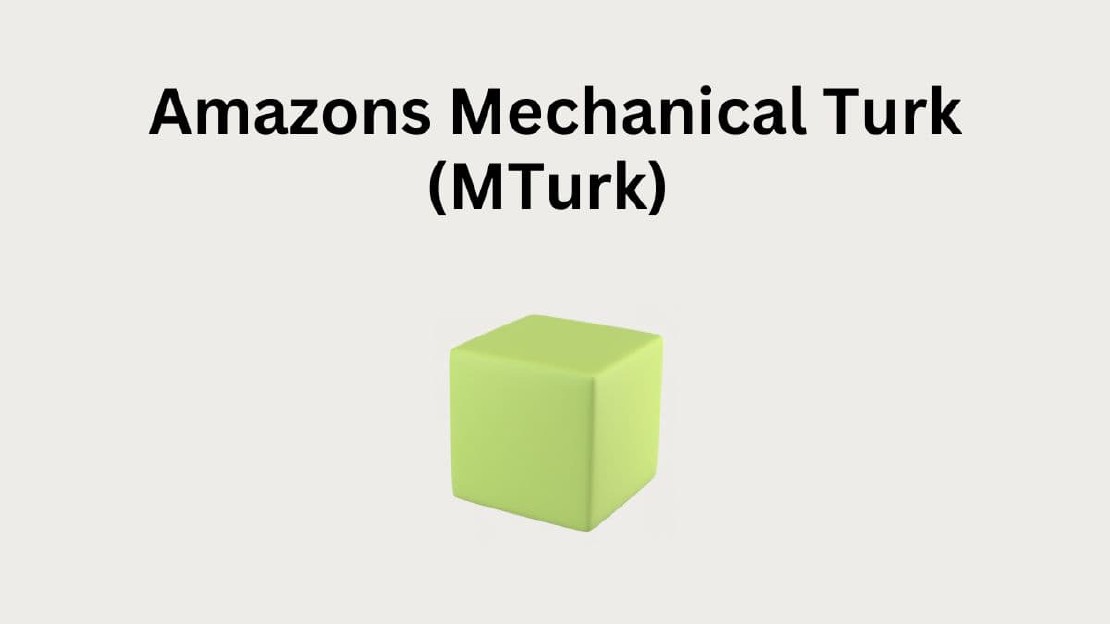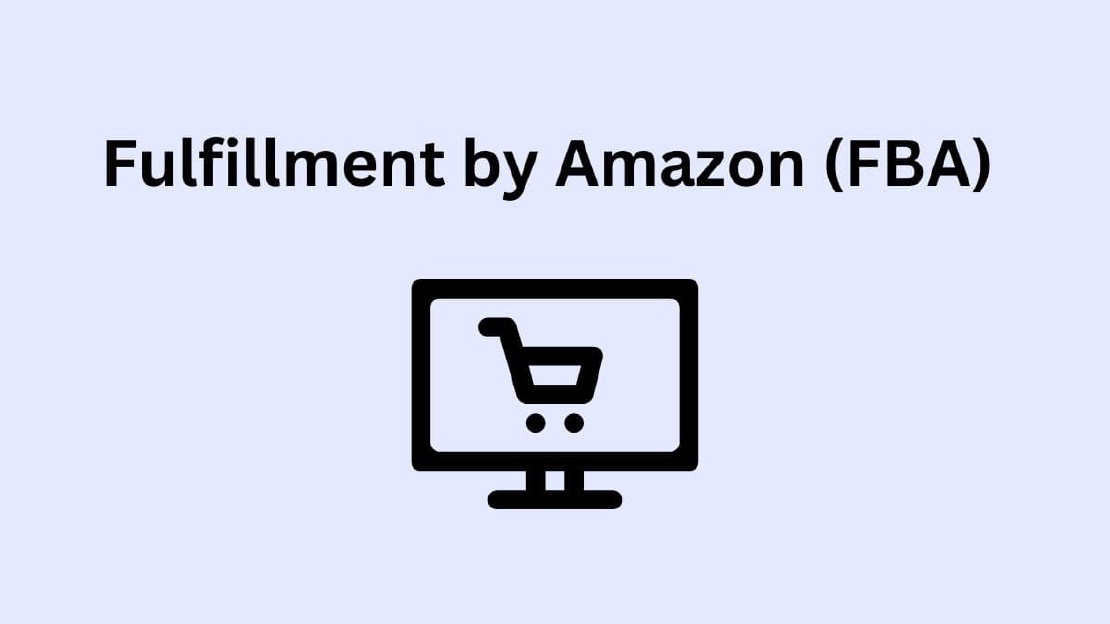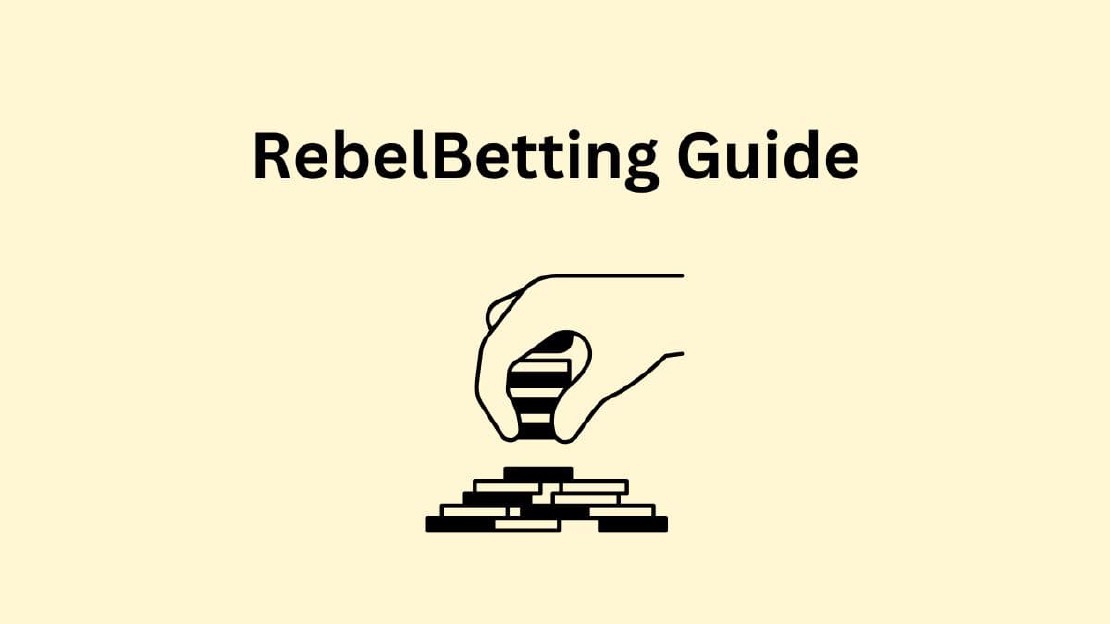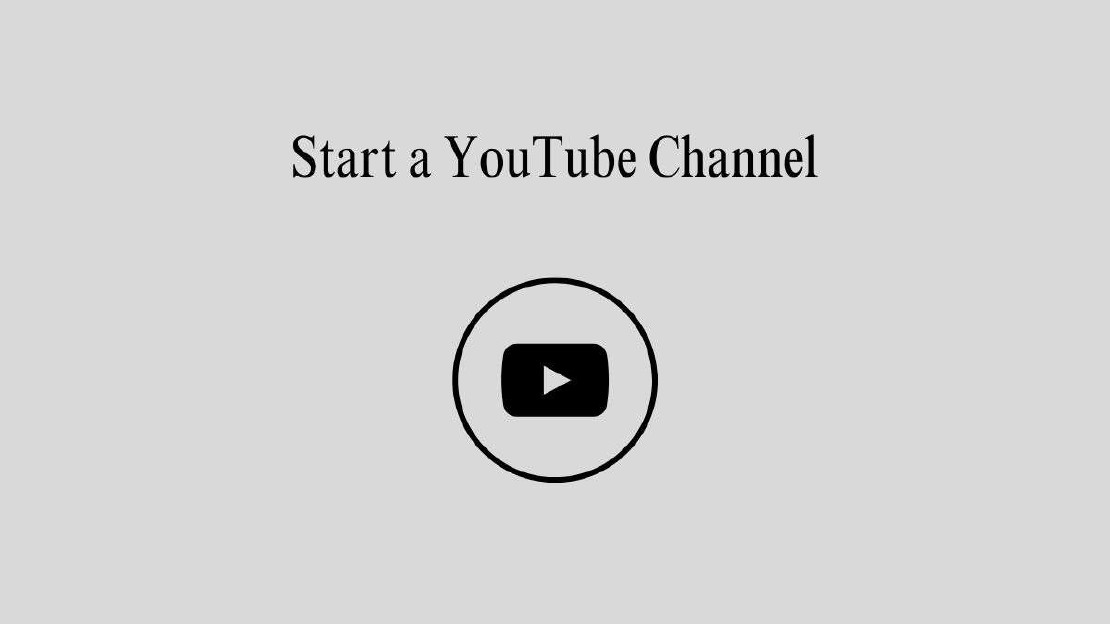Start a YouTube Channel
YouTube has become more than just a platform for watching videos; it’s a space for creators to showcase their talents, share their passions, and connect with audiences worldwide. If you’ve been considering starting your own YouTube channel, you’re joining a vast community of content creators who have found success in various niches. However, launching a YouTube channel requires careful planning, creativity, and dedication. In this comprehensive guide, we’ll walk you through the essential steps to start a YouTube channel and set yourself up for success.
Start a YouTube Channel 13 Steps
Many publishers have partnered with YouTube’s network to make money over the last decade. Average people are earning residual incomes by becoming YouTube publishers. Some get paid hundreds of dollars (US) monthly, while others earn thousands monthly. Then there are those that earn millions of dollars on a monthly basis.
1. Define Your Niche
- Identify Your Niche and Audience: Identify your passions or niche is one of the most critical decisions you’ll make when starting your YouTube channel. Your niche will define your content, target audience, and ultimately, your channel’s success.
- Researching Your Niche: Once you have a few ideas, research their viability on YouTube. Look at the existing channels in that niche. Are they successful? How competitive is the niche? Use tools like Google Trends and YouTube Analytics to gauge interest and search volume for your chosen topics.
- Combining Interests: Consider combining a few of your interests to create a unique niche. For example, if you love fitness and cooking, you could create a channel focused on healthy recipes for athletes. This can help you stand out in a crowded market.
Related: How Do YouTubers Make Money
2. Create a YouTube Brand Identity
Your YouTube channel is an extension of your brand, so it’s essential to develop a cohesive YouTube brand identity that reflects your personality and values. Choose a memorable channel name that resonates with your niche and audience. You may also want to create a compelling logo and channel art that visually represent your brand.
Consistency is key when building your brand identity. Use the same color scheme, fonts, and imagery across all your channel assets to create a cohesive look and feel.
3. Invest in Quality Equipment
While you don’t need fancy equipment to start a YouTube channel, investing in quality gear can improve the production value of your videos and enhance the viewer experience. At a minimum, you’ll need a decent camera, microphone, and lighting setup to capture clear audio and video.
Do some research to find equipment that fits your budget and meets your specific needs. Many affordable options are available for beginner YouTubers, so don’t feel pressured to splurge on expensive gear right away.
4. Set Up Your YouTube Channel
Creating a YouTube channel is a straightforward process that requires a Google account. If you don’t have one already, sign up for a Google account, and then proceed to create your YouTube channel.
Once you’ve logged in to YouTube, click on your profile picture in the top right corner and select “Your Channel” from the dropdown menu. Follow the prompts to customize your channel layout, add channel art, and fill out your channel description.
Don’t forget to optimize your channel settings for searchability by including relevant keywords in your channel name, description, and tags.
5. Choose a Type of YouTube Channel
- Vlogs: Vlogging channels are personal video diaries where creators share their daily lives, thoughts, and experiences.
- Gaming: Gaming channels focus on video game content. This can range from Let’s Plays and walkthroughs to reviews and live streaming.
- Educational: Educational channels provide instructional content on a wide variety of subjects.
- Beauty and Fashion: These channels are popular for their practical advice and often feature product reviews and collaborations with brands.
- Cooking: Cooking channels are a feast for the eyes and taste buds.
- Travel: Travel channels take viewers around the world, showcasing different cultures, landscapes, and adventures.
- Fitness and Health: Fitness and health channels offer workout routines, nutrition advice, and wellness tips.
- DIY and Crafts: DIY and crafts channels are perfect for those who love to create.
- Music: Music channels can feature original music, covers, instrument tutorials, and more.
6. Select a Topic for Your Channel
I highly recommended choosing a topic that you’re familiar with when starting your channel. Begin with your niche, a topic you’re passionate about. It allows you to provide valuable content as a content creator. If you have a decent amount of knowledge about a subject, you can work more consistently and diligently. It allows you to work on things you enjoy.
Customize Your Channel Layout: Be sure to customize your channel layout to optimize the viewer experience. Organize your playlists, featured videos, and sections to highlight your best content and make it easily accessible to your audience.
7. Develop a Video Content Strategy
A well-defined content strategy is crucial for attracting and retaining viewers on YouTube. Take the time to brainstorm content ideas that align with your niche and audience preferences.
Develop a comprehensive content strategy that aligns with your niche, audience preferences, and long-term goals. Brainstorm content ideas, outline video formats, and establish a consistent publishing schedule to keep your audience engaged and coming back for more.
Invest in high-quality equipment, including cameras, microphones, and lighting, to produce professional-looking videos. Focus on delivering value-driven content that educates, entertains, or inspires your audience. Pay attention to audio quality, visuals, and editing to enhance the overall viewer experience.
Optimize your videos for search engines by incorporating relevant keywords, tags, and descriptions. Research popular search terms and trends using tools like Google Keyword Planner and TubeBuddy to improve your video’s discoverability and reach a wider audience.
8. Create Engaging Content
The success of your YouTube channel hinges on the quality and relevance of your content. Focus on creating videos that are informative, entertaining, and engaging for your audience. Here are some tips for producing compelling content:
- Hook viewers with a captivating intro that grabs their attention.
- Keep your videos concise and to the point to maintain viewer interest.
- Incorporate storytelling techniques to make your content more relatable and memorable.
- Encourage viewer interaction by asking questions, soliciting feedback, and responding to comments.
Experiment with different formats and styles to see what resonates best with your audience, and don’t be afraid to adapt and evolve your content strategy over time.
9. Monetize Your Channel
Once you’ve built a loyal audience and consistently produce high-quality content, you may be eligible to make money on YouTube, i.e., earn money from ads, channel memberships, and merchandise sales.
- Brand Ambassadorships: Form long-term partnerships with brands to become an ambassador, creating ongoing sponsored content and promotions.
- Create and Sell Online Courses: If you have expertise in a particular field or skill, consider creating and selling online courses. Platforms like Udemy.com, Skillshare, and Teachable provide a marketplace for instructors to share their knowledge and earn passive income through course sales.
10. Grow Social Media presence
Building an audience on YouTube takes time and effort. Consistently posting high-quality content and engaging with your audience is essential to grow your social media presence. Use eye-catching thumbnails and compelling titles to attract viewers. Interacting with comments and participating in community discussions can foster a loyal subscriber base.
11. Analyze Your Performance
To continually improve your channel, you need to analyze your performance and make data-driven decisions.
- YouTube Analytics: YouTube Analytics provides a wealth of information about your channel’s performance. Track metrics like watch time, audience retention, and demographics to understand what’s working and what isn’t.
- Experimentation: Don’t be afraid to experiment with different types of content and formats. Use your analytics to see how these changes affect your performance and adjust accordingly.
As you build your YouTube channel it’s essential to track your progress and analyze the performance of your videos. YouTube Analytics provides valuable insights into metrics like watch time, audience retention, and subscriber growth, allowing you to identify trends and areas for improvement.
Pay attention to which videos perform well and which ones don’t, and use that information to refine your content strategy moving forward. Experiment with different topics, formats, and styles to see what resonates best with your audience, and don’t be afraid to iterate and adapt based on the feedback you receive.
12. Dealing with Negative Feedback
As your channel grows, you’ll likely encounter negative feedback. It’s important to handle criticism constructively.
- Responding to Comments: Respond to negative comments professionally and constructively. Don’t engage in arguments or let trolls get to you. Instead, focus on constructive criticism and use it to improve your content.
- Learning from Feedback: Sometimes negative feedback can offer valuable insights. If multiple viewers are pointing out the same issue, it might be worth addressing.
13. Staying Consistent and Motivated
Maintaining consistency and staying motivated are crucial for long-term success on YouTube.
- Setting Goals: Set realistic goals for your channel. Whether it’s reaching a certain number of subscribers or improving your video quality, having clear goals can keep you motivated.
- Taking Breaks: It’s easy to burn out if you’re constantly creating content. Take breaks when needed and prioritize your mental health. Your audience will understand.
Conclusion
Starting a YouTube channel is an exciting journey that requires dedication, creativity, and perseverance. By following these steps, you’ll be well on your way to creating a successful channel that engages and grows your audience. Remember, every successful YouTuber started where you are now—so don’t be afraid to take the plunge and start sharing your passion with the world.
Recent Posts

- Work From Home
Amazons Mechanical Turk Monetization Tips
Looking for flexible online income? These Amazons Mechanical Turk monetization tips will help you turn small tasks into real earnings. If traditional remote …

- Work From Home
Fulfillment by Amazon Complete Guide
Launching and scaling an online store can feel overwhelming. Managing inventory, shipping products, handling returns—each task demands significant time and …

- Side Hustles
RebelBetting Complete Guide
In recent years, sports betting has transitioned from casual entertainment into a serious income opportunity for savvy bettors. However, consistently beating …
